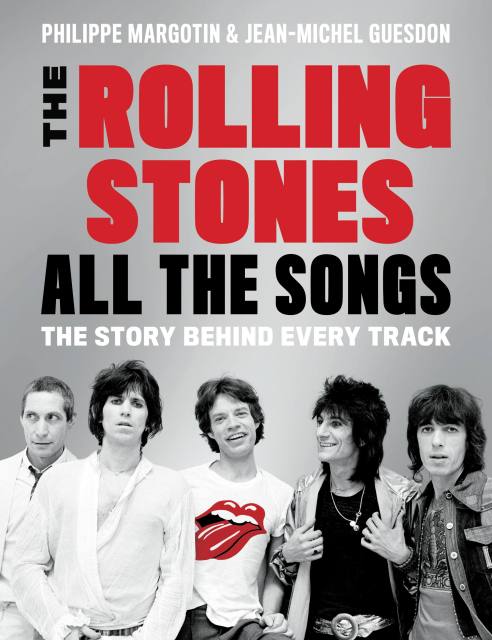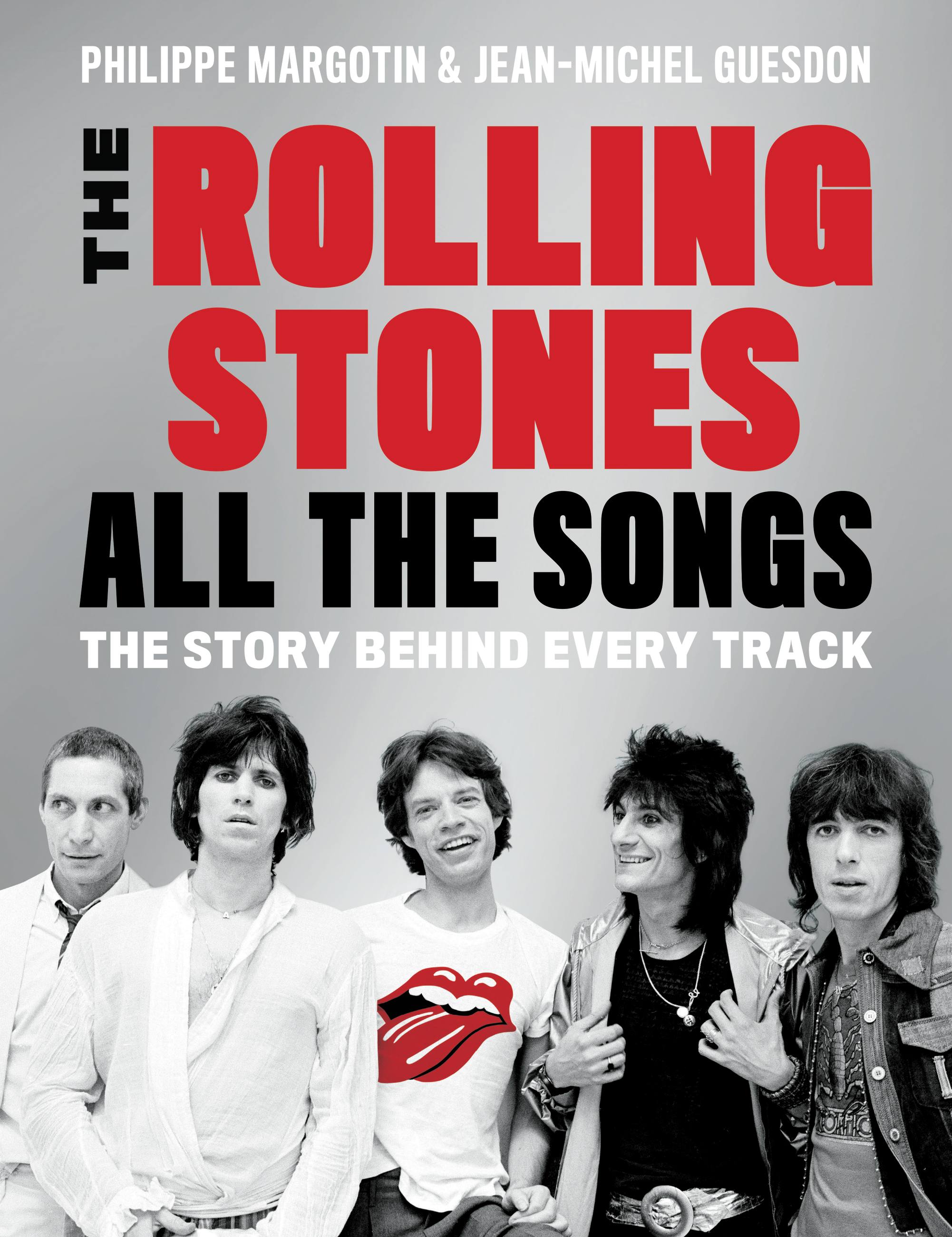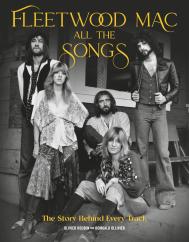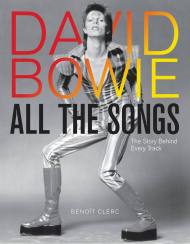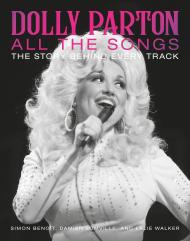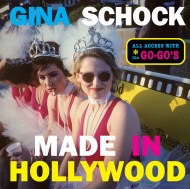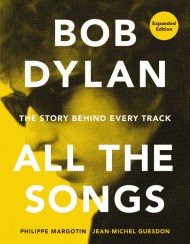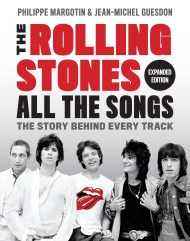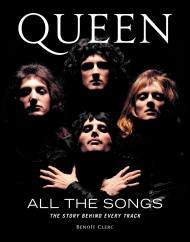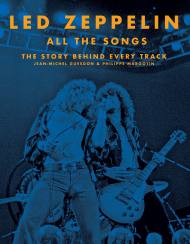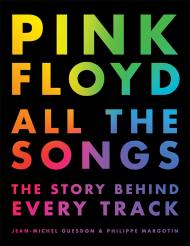Promotion
Use code BEST25 for 25% off storewide. Make sure to order by 11:59am, 12/12 for holiday delivery!
By clicking “Accept,” you agree to the use of cookies and similar technologies on your device as set forth in our Cookie Policy and our Privacy Policy. Please note that certain cookies are essential for this website to function properly and do not require user consent to be deployed.
The Rolling Stones All the Songs
The Story Behind Every Track
Contributors
Formats and Prices
- On Sale
- Oct 25, 2016
- Page Count
- 704 pages
- Publisher
- Black Dog & Leventhal
- ISBN-13
- 9780316317733
Price
$19.99Price
$25.99 CADFormat
Format:
ebook $19.99 $25.99 CADThis item is a preorder. Your payment method will be charged immediately, and the product is expected to ship on or around October 25, 2016. This date is subject to change due to shipping delays beyond our control.
Buy from Other Retailers:
Since 1963, The Rolling Stones have been recording and touring, selling more than 200 million records worldwide. While much is known about this iconic group, few books provide a comprehensive history of their time in the studio. In The Rolling Stones All the Songs, authors Margotin and Guesdon describe the origin of their 340 released songs, details from the recording studio, what instruments were used, and behind-the-scenes stories of the great artists who contributed to their tracks.
Organized chronologically by album, this massive, 704-page hardcover begins with their 1963 eponymous debut album recorded over five days at the Regent Studio in London; through their collaboration with legendary producer Jimmy Miller in the ground-breaking albums from 1968 to 1973; to their later work with Don Was, who has produced every album since Voodoo Lounge. Packed with more than 500 photos, All the Songs is also filled with stories fans treasure, such as how the mobile studio they pioneered was featured in Deep Purple’s classic song “Smoke on the Water” or how Keith Richards used a cassette recording of an acoustic guitar to get the unique riff on “Street Fighting Man.”
Genre:
Series:
-
Three years ago, one of the books I was most excited about was Philippe Margotin and Jean-Michel Guesdon's All the Songs: The Story Behind Every Beatles Release; this October will bring The Rolling Stones All the Songs: The Story Behind Every Track (Black Dog & Leventhal, Oct.). Margotin and Guesdon combine a passion for music with thoughtful and comprehensive research, resulting in ready-reference that doubles as the ultimate coffee-table book. There's an entry for each song, along with a sumptuous array of images and anecdotes galore. It may only be rock and roll, but fans will like it (yes, they will).Mahnaz Dar, Library Journal
Newsletter Signup
By clicking ‘Sign Up,’ I acknowledge that I have read and agree to Hachette Book Group’s Privacy Policy and Terms of Use
